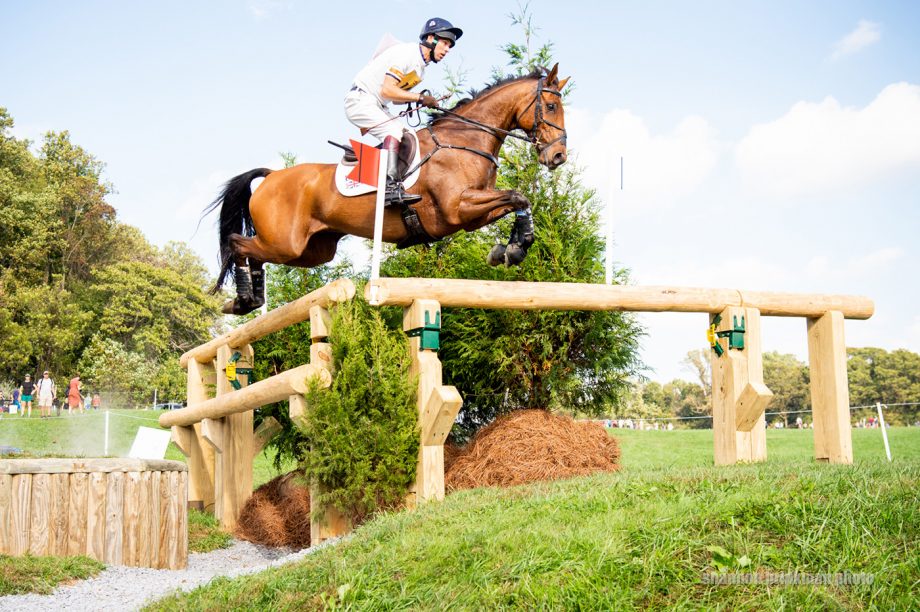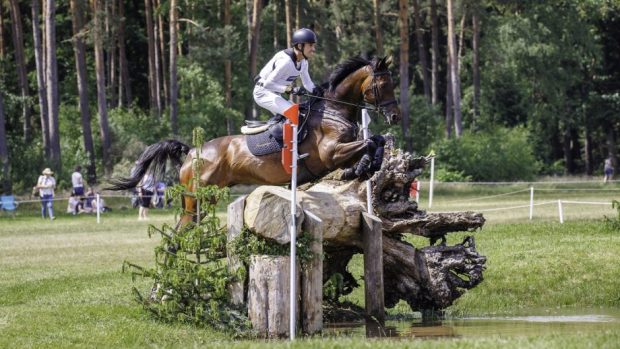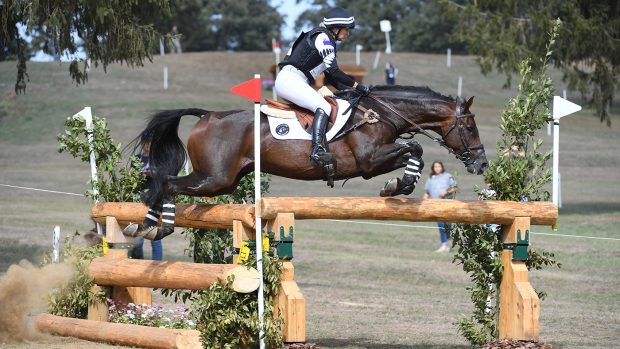H&H’s eventing editor Pippa Roome analyses the results from Burghley Horse Trials and the eventing World Championships
Youth has been a big feature of the autumn season, with Tom Jackson, 29, second at Burghley Horse Trials and Yasmin Ingham, 25, landing world individual gold.
There was talk earlier this year about under-qualified combinations heading to five-stars and potentially that contributed to the small Burghley field of just 52 – if people are considering whether they are really ready before entering, that’s no bad thing.
Piggy March wrote last week that you can have a great day’s sport with a smaller start list. I agree, though I do wonder if spectators would still prefer to have four-minute cross-country starting intervals, rather than the five minutes used at Burghley. It can be a long wait between riders near the end of the course if a couple have been eliminated or retired and I wonder if a more action-packed, shorter day is better.
It was notable that the successful British Burghley debutants already had form at the level – Tom (second on Capels Hollow Drift), Alice Casburn (fifth on Topspin), Wills Oakden (13th on Oughterard Cooley) and Bubby Upton (14th on Cola) had 15 five-star starts between them before Burghley, and all but Wills had completed at least one event at the level on the same horse.
Perhaps there’s a lesson there about the order riders should tackle the five-stars, though often these things are dictated by a competitor wanting to seize the moment when they have a horse fit and ready, plus factors such as budget for travelling abroad.
A tense finish at the World Championships
Yasmin Ingham did nothing that was out of turn in terms of her form in Pratoni, but it’s remarkable for a rider to be so rock solid throughout their senior championship debut.
The British team’s fourth wasn’t great on paper, but the results were so close I doubt it will prompt any widespread concern or review of the World Class system, in which everyone is constantly pressing to improve anyway.
The four-star cross-country course didn’t suit three of the four British team horses, all experienced five-star campaigners who needed bigger fences to back them off. This prompted a question among our team at H&H about selection and whether strong four-star horses should be favoured, but I don’t think we need or will see a change in policy.
Five-star horses delivered team gold for Britain at the 2018 World Championships in Tryon and the Tokyo Olympics in 2021, while Britain was bitten by not sending more five-star combinations to the 2016 Olympics, where our challenge collapsed on cross-country day.
There, two of the three medal-winning teams fielded horses with a total of 15 or more five-star starts (across three or four combinations), while just one of Britain’s quartet had five-star form.
Ultimately – despite test events and knowledge of a designer’s work – you never quite know what sort of course you will face at a championship and that unpredictability is part of the joy of eventing.
The showjumping, over Uliano Vezzani’s track, was arguably the most exciting phase, with teams rocketing up and down the leaderboard.
You have to look back to 2016 – when France moved up from third to take gold – to find an Olympics, worlds or Europeans when the team gold was not won by the nation that held pole position after cross-country.
The Germans held on this time, but there were points when it looked like they might not and the margin of 0.6 between silver and fourth is only rivalled during the past decade by the 2019 result, when Britain beat Sweden to European silver by 0.3.
I’m in favour of the showjumping being influential to create a tense finish and 12 clears from the 68 starters (18%) is perfectly acceptable. But I would like to see more pairs finish with four or eight faults rather than a cricket score. Twenty-one pairs (31%) had 16 or more jumping faults and that’s not an encouraging way for horses or riders to finish a championship.
• How many showjumping clears should there be at a championship? Write to hhletters@futurenet.com
- This exclusive column can also be read in Horse & Hound magazine, on sale Thursday 6 October 2022
You may also be interested in…

Take a look around the jaw-dropping yard of eventing world champion, Yasmin Ingham

Is this Britain’s next top team horse? Meet the classy grey who could be on the way to stardom

Brits and world medallists among the entries for Maryland 5 Star

Subscribe to Horse & Hound magazine today – and enjoy unlimited website access all year round
Horse & Hound magazine, out every Thursday, is packed with all the latest news and reports, as well as interviews, specials, nostalgia, vet and training advice. Find how you can enjoy the magazine delivered to your door every week, plus options to upgrade your subscription to access our online service that brings you breaking news and reports as well as other benefits.




